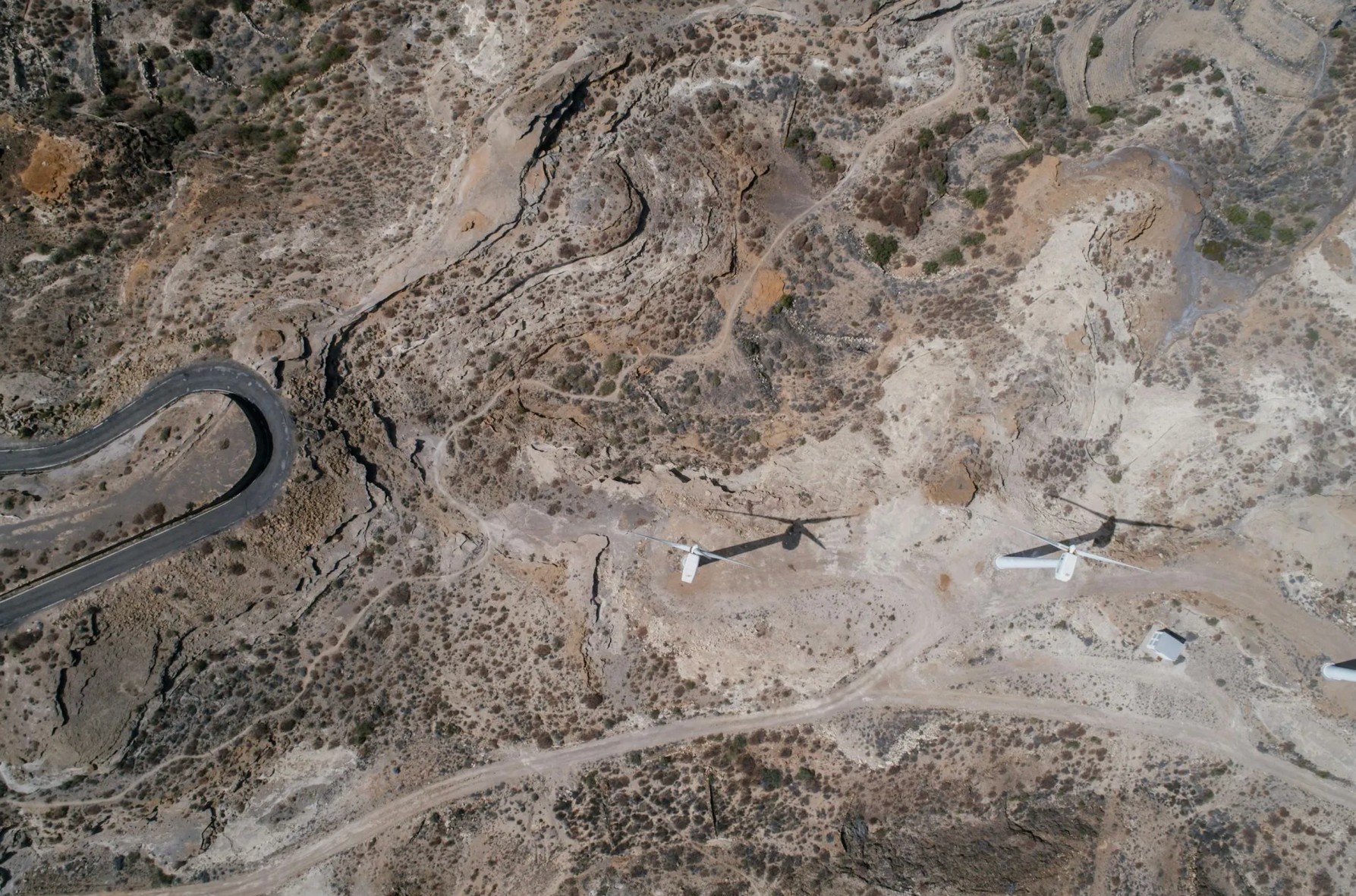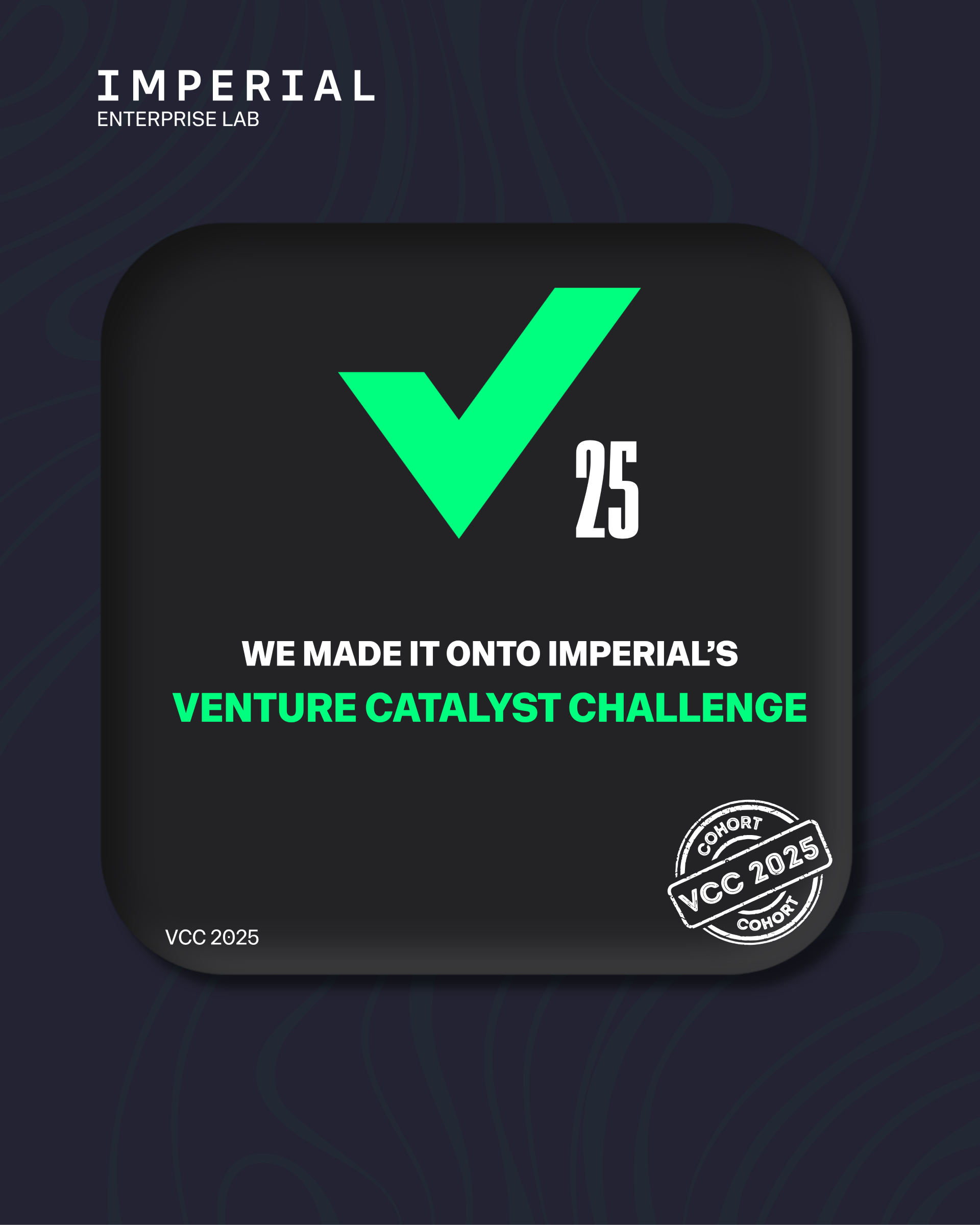Look at a closed mine, and what do you see? For most, the image is one of finality, an environmental liability, a scar on the landscape, a cost to be managed. For decades, this has been the accepted narrative.
But what if this perception is based on an information problem, not an intrinsic one?
The global mining industry is facing a closure crisis of staggering scale. Hundreds of thousands of orphaned mines dot the globe, and nearly 40% of all active mines are scheduled to close in the next 25 years. The resulting liability is measured in the trillions, yet the capital needed to act remains on the sidelines, not because the sites are worthless, but because the risk is unreadable.
Investors, insurers, and regulators lack a trusted, standardised language to quantify, price, and underwrite the risk associated with these sites. Without clarity, there is no confidence. The opportunity for regeneration for building vast solar farms, planting carbon-capturing forests, and restoring biodiversity remains locked away behind a wall of uncertainty.
This is the problem we are solving.

We are, in essence, creating the financial-grade data layer for ecological restoration.
By providing a clear, universally trusted rating for mine closure sites, we give the market the tool it needs to act. We empower investors to see a future solar farm instead of a liability. We enable insurers to underwrite the regeneration process. We transform a dormant field not just into a forest, but into an investable, valuable asset.
The greatest opportunities are often hidden not in plain sight, but in plain data.
We are building the lens to see them clearly.

.svg)



